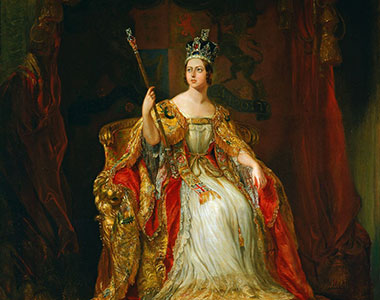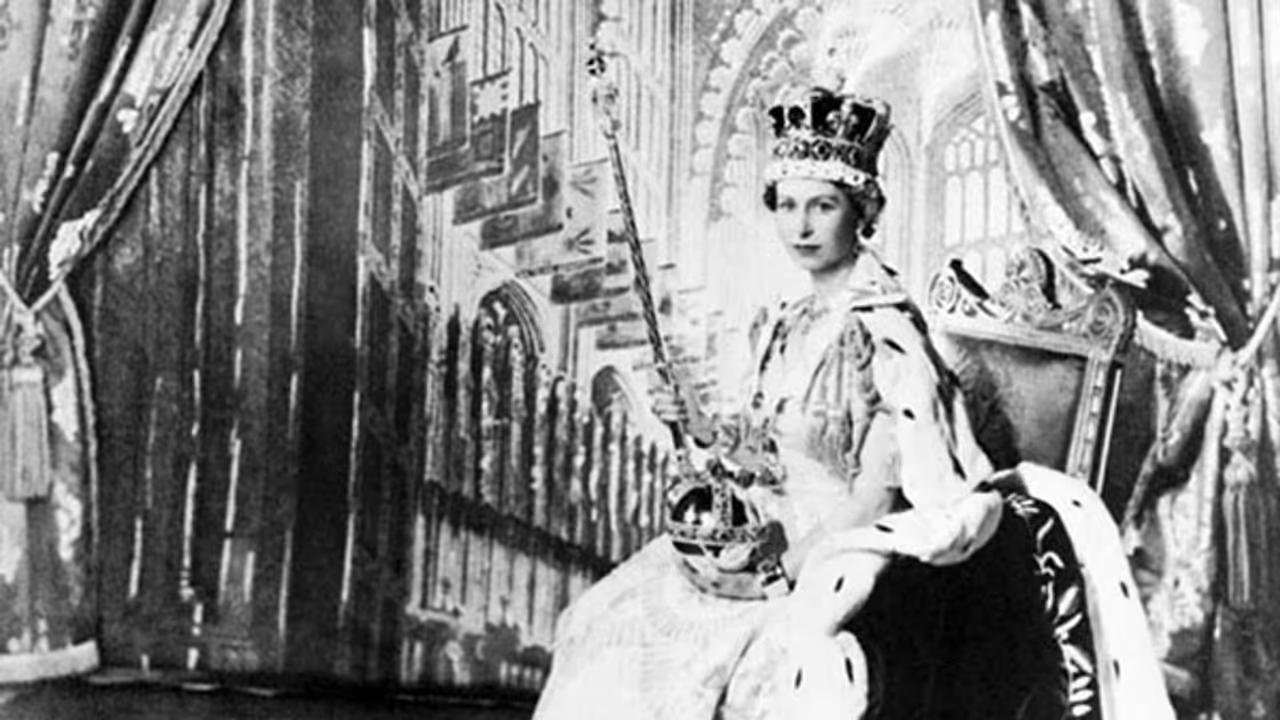Over the Koh-I-Noor's long and bloody history, it has adorned the courts of the Kakatiyas, the Khiljis, the Mughals, the Persians, the Afghans, the Sikhs and finally the British.

Off late, the idea of getting the stone back has become a minor cause-celebre among a good section of Indians, who like to imagine the British somehow 'stole' the diamond, presumably in the middle of the night while dressed in all-black.
This is far from the truth. The British acquired the diamond quite legally after defeating the Sikh empire in the second Anglo-Sikh war of 1849. This war was triggered by the Sikh themselves thanks to a rebellion in Multan (now in Pakistan). The diamond was given to Queen Victoria as part of the eventual surrender.
What is lost is lost, and it would be better if Indians focused on making the country great for the future, than worrying about a symbolic and ever diminishing stone.
Incidentally, the Sikhs did not consider themselves part of 'India'. They were very clear about their separation from the 'Hindus'. In fact, most of the owners of the diamond are Indian only because the British unified the land in the 20th century.
There is no legal reason for the diamond's return. The emotional appeals of those who imagine they are rebuilding a mythical 'great India' are just that - an appeal.
And every appeal comes with the chance of it being refused and the British have unsurprisingly chosen that option.
The only real way to 'bring it back' without British consent is to wage war over it, and even today that is a battle we will not win.
What else can any Indian government do?
The demanders have a range of ideas in this regard - things like an economic boycott. But no ancient jewel is worth billions of pounds in trade today and no Indian government will seriously consider that option.
In any case, it may be better if the stone stays in London, where the diamond gives all Indians a common enemy to argue over. If it ever came back, the issue is not as simple as showcasing it in the Rashtrapati Bhavan.

Pakistan has a strong claim to the diamond if its last position is considered. The Sikh empire which handed it over to the British was based almost entirely in Pakistan and Afghanistan.
The Afghans have an even stronger claim to the stone, since it is a matter of common record that the Sikh Maharaja Ranjith Singh took the diamond from Shuja Shah Durrani, a pretender to the Durrani throne of Afghanistan. And Durrani did not hand over the diamond freely, since he was a prisoner of the Maharaja at the time.
Even if the diamond came back to India, where it would stay in India is also a concern.
In his last will and testament, Ranjith Singh left the diamond to the Puri Jagganath temple in Odisha. Many Sikhs have long disputed this fact, asking why the ruler of the Sikhs would leave their most prized diamond to a Hindu temple on the other side of the peninsula? They would demand the diamond stay in Punjab.
There are also descendants of Ranjith Singh himself, who have a legal claim to it.
All of this is precluded on the assumption that the modern Indian government, as a representative of modern Indians, has any legal claim to a stone that belonged to empires and dynasties that no longer exist. It does not.
Basically we are waiting for the British to take pity on us poor, whining Indians and with the largeness of their heart give the stone back because they are 'good people'.
While it can be assumed the British are never going to rise to such levels of kind-heartedness, waiting for such a dole, ready to beat chests in victory, is honestly quite sad.
The original stone was milky and unclear, but weighed a hefty 793 carats. Over the years the stone got progressively smaller and smaller, currently sitting at 105 carats - a loss of 87%. There is no better metaphor for the declining fortunes of its owners.
What is lost is lost, and it would be better if Indians focused on making the country great for the future, than worrying about a symbolic and ever diminishing stone.
In any case, it is not like Indians are great at keeping treasures. Our monuments are crumbling, most of our ancient temples have statues stolen from them regularly and even Rabindranath Tagore's gold Nobel Prize was stolen.
No one wants to wake to up to the headline - 'Koh-I-Noor vanishes!'
Image:Queen Elizabeth II posed in regalia at Westminter Abbey in London after being crowned in 1952.
